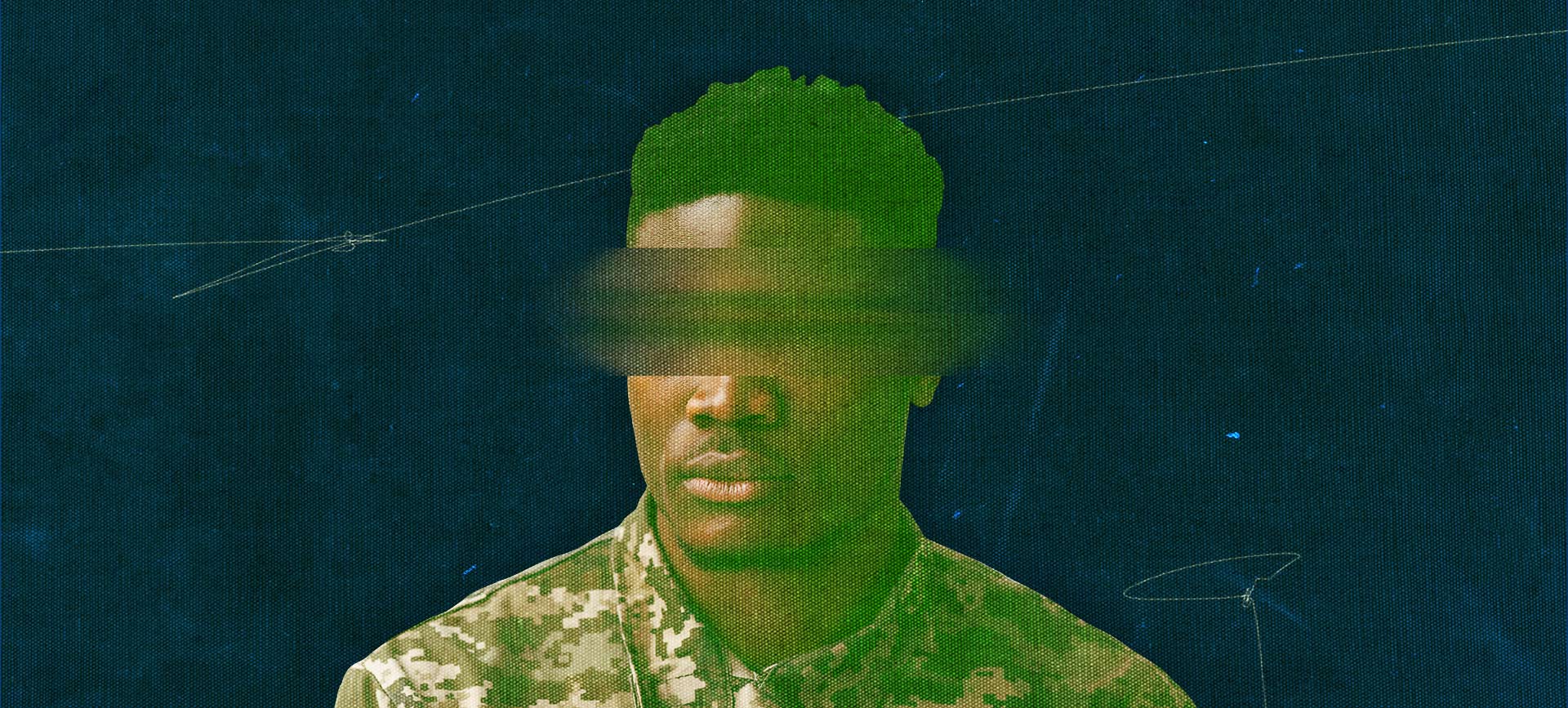Fletcher: We started in 2003 when a group of veterans and friends wanted to give back to the first wounded warriors returning from the war in Iraq and Afghanistan. This group filled backpacks with basic supplies, like socks and playing cards, and gave them to those recovering at Walter Reed National Military Medical Center in Bethesda, Maryland. The backpacks were so well received that the hospital asked for more.
Through this simple act of kindness, Wounded Warrior Project was born.
Today, we provide direct services to more than 200,000 injured, ill or wounded U.S. military veterans and service members who served on or after September 11, 2001. Our goal is to ensure they can achieve their highest ambitions. We also work to be a voice for our nation's warriors in Washington, D.C., advocating for issues that matter most to them. Many warriors participate in this effort, helping improve the lives of hundreds of thousands of veterans and their families.
I serve as network director of Warrior Care Network, a partnership Wounded Warrior Project founded in 2015 with four academic medical centers to provide better access and treatment for mental and brain injuries. The partnership develops and shares best practices that help deliver the highest-quality, evidence-based care to veterans at world-class medical facilities across the U.S.










